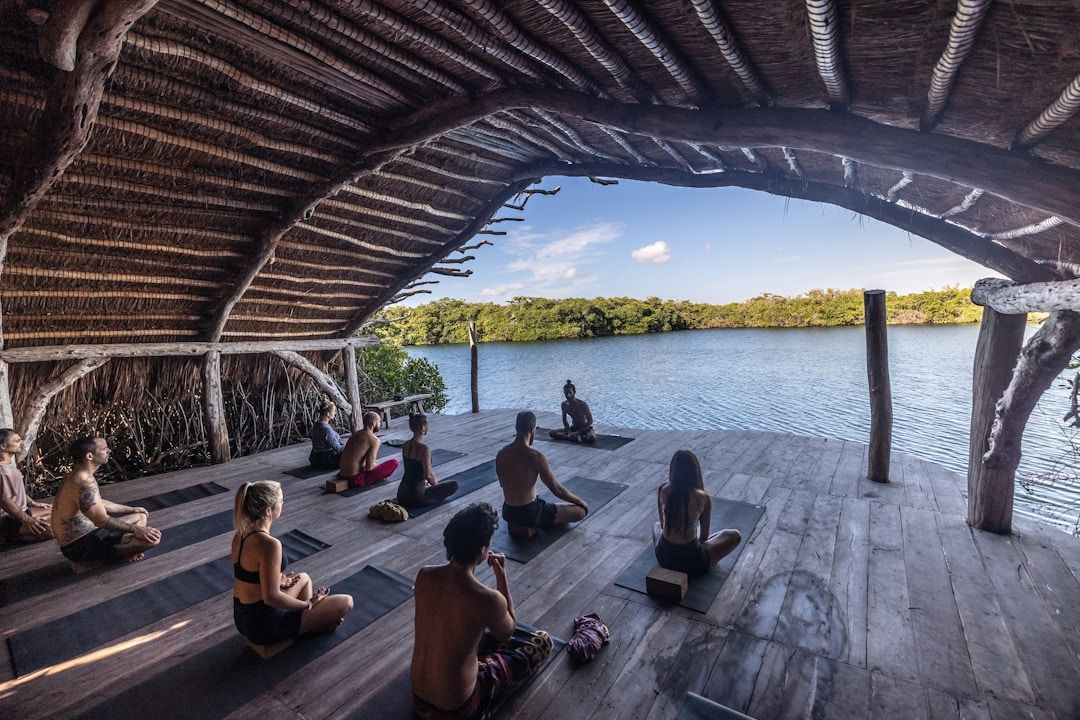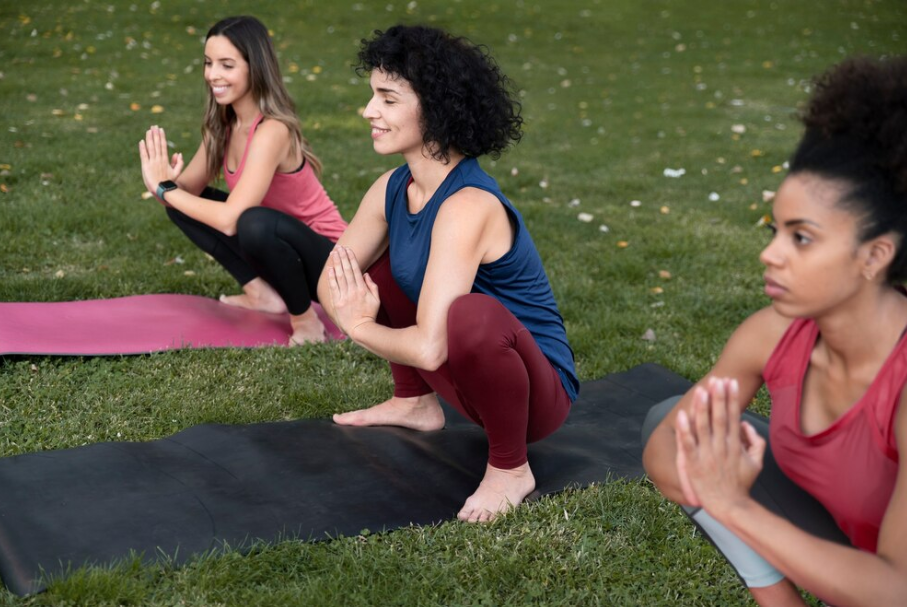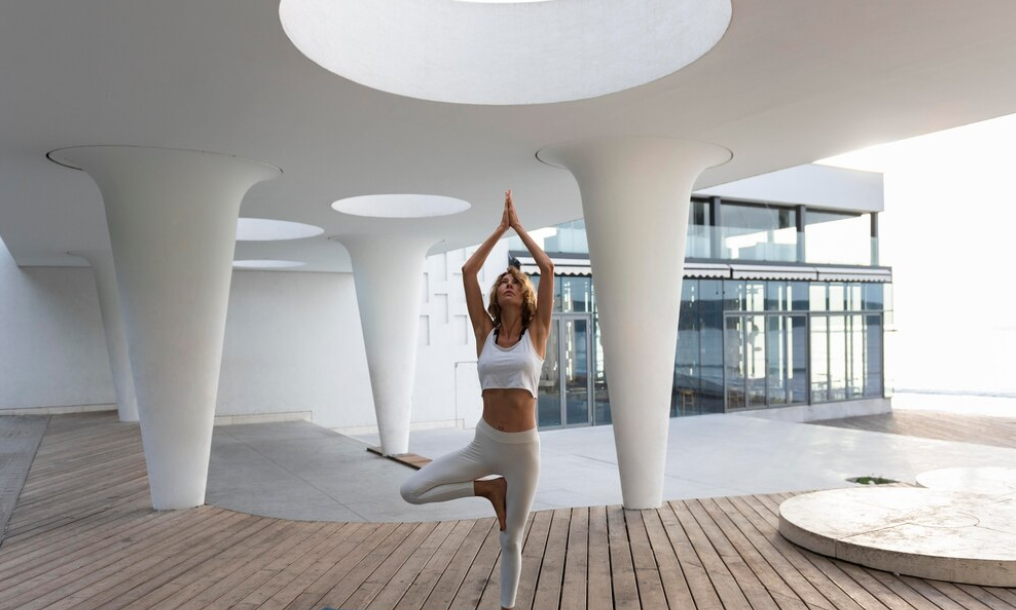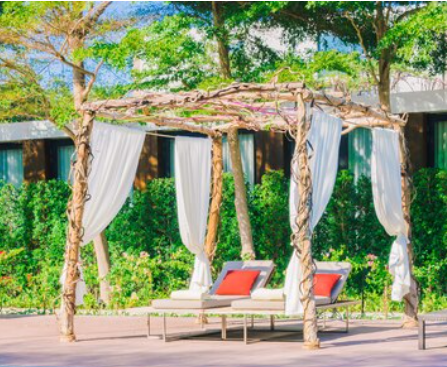Have you ever walked into a room and immediately felt a sense of peace or inspiration? That’s the power of a well-designed space—it can elevate moods, spark creativity, and even deepen the emotional impact of an experience. Now, imagine bringing that kind of feeling to your retreat attendees. As a retreat planner, you hold the key to crafting spaces that don’t just look good but also *feel* right, creating environments where participants can fully immerse themselves in the retreat’s purpose.

The Importance of Space in Retreat Planning
Choosing the Right Location: Let Nature Lead

Room Layouts that Encourage Connection and Creativity

Use of Colors, Textures, and Materials to Set the Mood
When it comes to interior design, colors, textures, and materials play a critical role in setting the mood for your retreat. The goal is to create a space that is visually soothing while also stimulating creativity.

Incorporating Personal Touches and Intentional Design Elements

Connecting Your Space with the Retreat’s Purpose

Conclusion: Transforming Spaces into Experiences
Designing an inspiring retreat space isn’t just about aesthetics; it’s about crafting an environment that nurtures creativity, relaxation, and personal transformation. A well-thought-out space has the power to enhance the retreat experience, making it more immersive and meaningful for your attendees.

